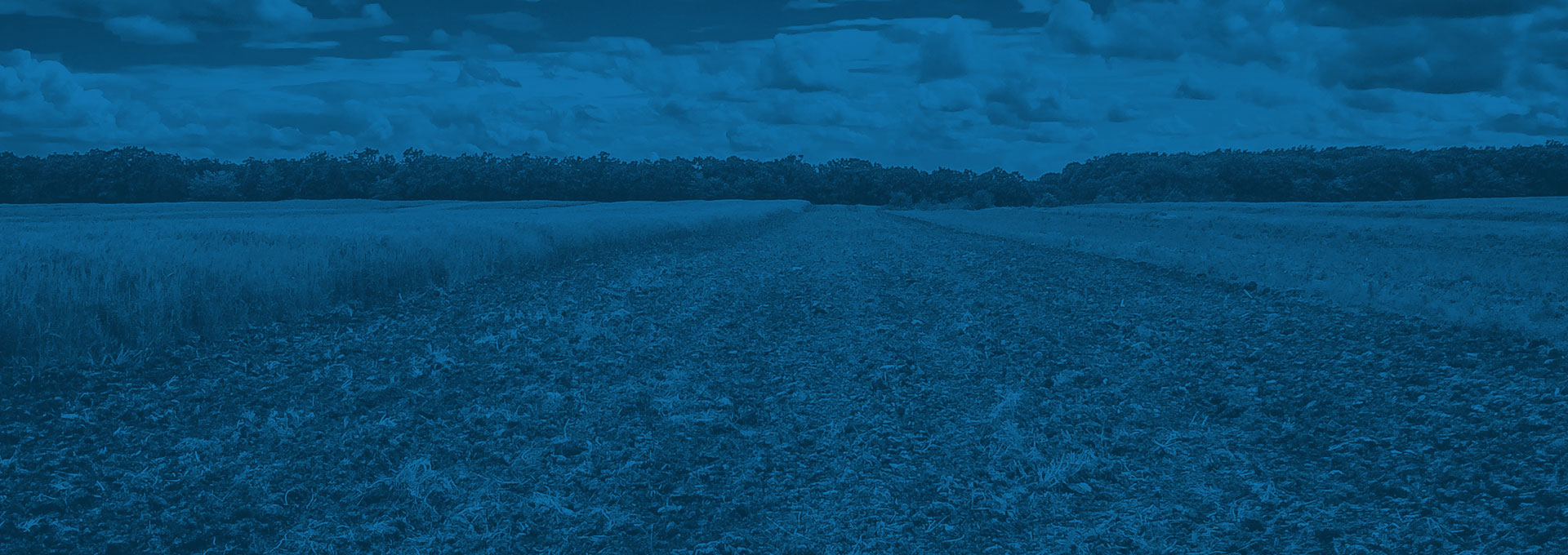What is a biodigester? What are the benefits?
Businesses gain numerous benefits by implementing sustainable practices. Sustainability in the industry can be practiced in various ways. One way for a business to be more sustainable is by utilizing a biodigester. They are an excellent addition for businesses looking to be more environmentally friendly. Biodigesters are an effective way to reduce the carbon footprint of a business, easily manage food waste, and save money.
What is a biodigester?
A biodigester is a system that biologically digests organic material, either anaerobic (without oxygen ) or aerobically (with oxygen). Microbes and other bacteria break down organic materials in a biodigester. Most food, including fat, greases, and even animal manure, can be processed in a biodigester.
Biodigesters are a closed system; therefore, it gives off no odor from food waste; this will eliminate flies and rodents from the facility, increasing hygiene. Also, eliminating food waste on-site saves money by reducing hauling costs. The capacity of food a biodigester can process depends on the size; larger the digester more food it can handle. Biodigesters are a living system and do require maintenance. However, they are easy to use and maintain.
Of course, one of the great benefits of biodigesters is they are eco-friendly and will reduce a facility’s carbon footprint significantly. Food scraps and other organic materials decaying in landfills release methane and carbon dioxide contributing to climate change. Food waste is estimated to be 30-40 percent in the United States and represents the largest category of materials in landfills. Diverting food scraps and other organic materials from landfills, methane, and carbon dioxide can be captured and used efficiently.
Become The Green Champion For Your Company
Teaching Sustainable Business NEWSLETTER
The Green Business Bureau Newsletter, titled Teaching Sustainable Business, is ideal for executives, managers, business owners, green teams and sustainability committees who want to create a greener culture and and improve their sustainability programs.
It contains practical sustainability guides, tips, green initiatives and inspirational member stories covering topics such as mission, strategy, tactics, scorecards and reporting.
What is the difference between anaerobic and aerobic biodigester?
Anaerobic biodigester
An anaerobic biodigester breaks down organic materials in an environment absent of oxygen. This type of biodigester can digest food scraps, oil, grease, yard waste, and animal manure. Anaerobic biodigesters produced biogas and digestate as byproducts.
What is biogas, and how is it beneficial?
Biogas is mainly made up of methane and produced when animal waste or food scraps decompose. Biogas can be stored and used as a sustainable energy source for electricity, cooking, and heating. Electricity is the second-largest emitter of greenhouse gases in the United States due to most of the electricity produced in the U.S is from fossil fuels. Biogas is an environmentally friendly alternative to fossil fuel-derived energy. Utilizing biogas will help facilities decrease the need for energy from the grid, cutting back the electricity cost. Also, by capturing methane from animal manure and using it beneficially, farms can significantly reduce greenhouse gas emissions. The amount of biogas varies depending on the material in a digester. Production of methane can be increased by co-digestion, or combining materials from multiple sources, such as manure and restaurant waste. Farmers and restaurants can partner together to create a mutual relationship. For example, the farmers can offer a discount on produce in exchange for food scraps. This partnership will also encourage businesses in the food industry to buy local food.
What is digestate?
Digestate is the material remaining after completion of anaerobic digestion. It is rich in organic nutrients, such as nitrogen and phosphorus. Farmers can use the digestate to fertilize crops, improve soil quality, or even increase revenue by selling it as fertilizer. An anaerobic biodigester is ideal for the agricultural sector.
Aerobic biodigester
Aerobic biodigester involves oxygen and is much faster, breaking down food in about 24 hours; this process does not produce biogas. Aerobic digesters break food down into gray water that can be disposed of in drainage systems or used as a fertilizer for plants. This type of biodigester can easily integrate into existing infrastructure, and it is well suited for the food industry.
Where to acquire a biodigester?
Aerobic biodigesters are sold by numerous companies in different sizes and prices. In today’s market, biodigesters equipped with smart technology are available. These systems are user-friendly and collect data, send alerts, update for systems maintenance, and measure food waste. The information collected by the system can be stored in the cloud and accessed at any time. Small capacity anaerobic digesters are available for purchase as well. Large scale anaerobic biodigesters are built to suit facilities needs. Programs are offered by the EPA to assist with the construction of anaerobic biodigesters.
Biodigesters are already widely used in facilities to manage food waste. Places such as hotels, universities, and farms have gained significant benefits from using biodigesters.




